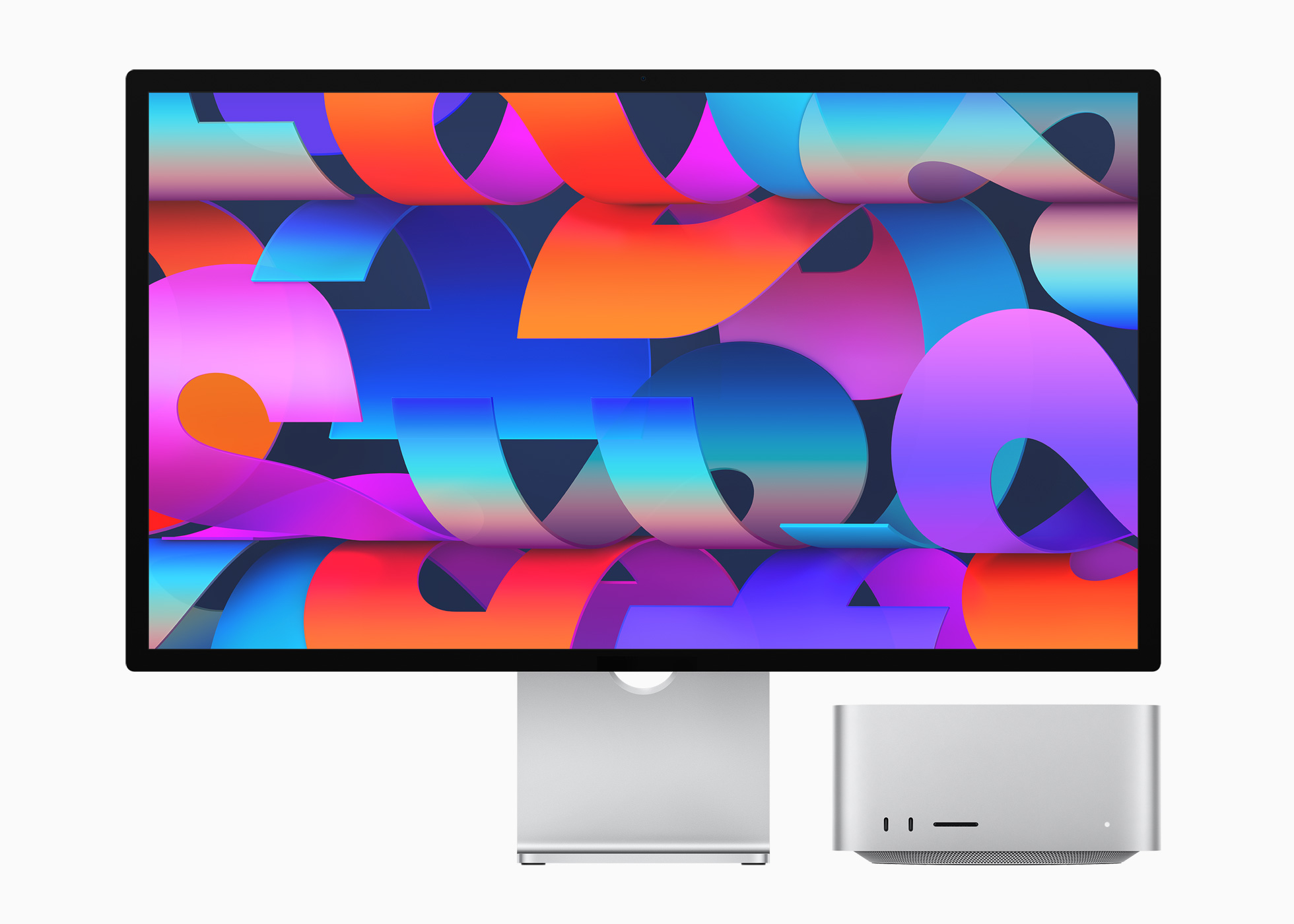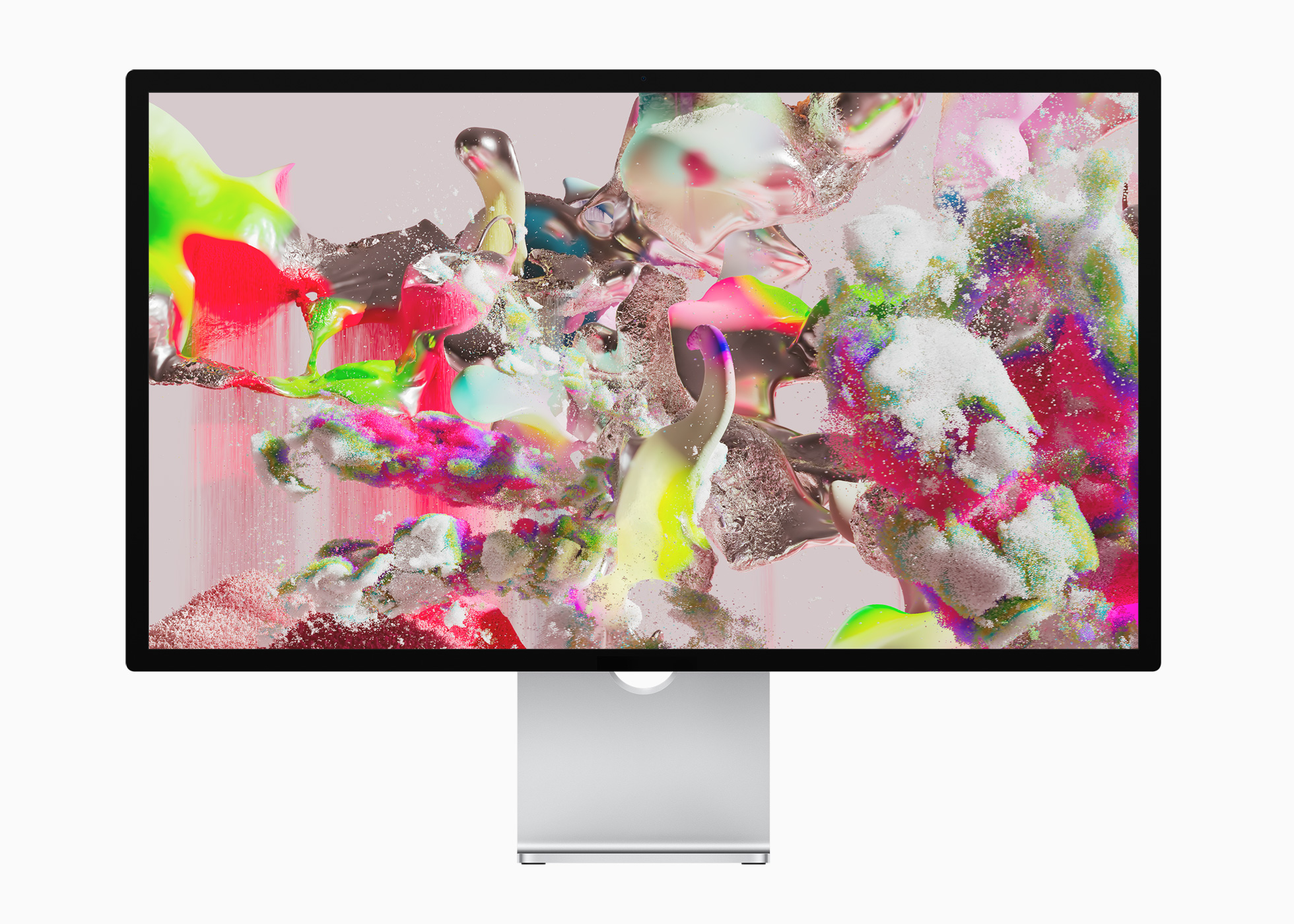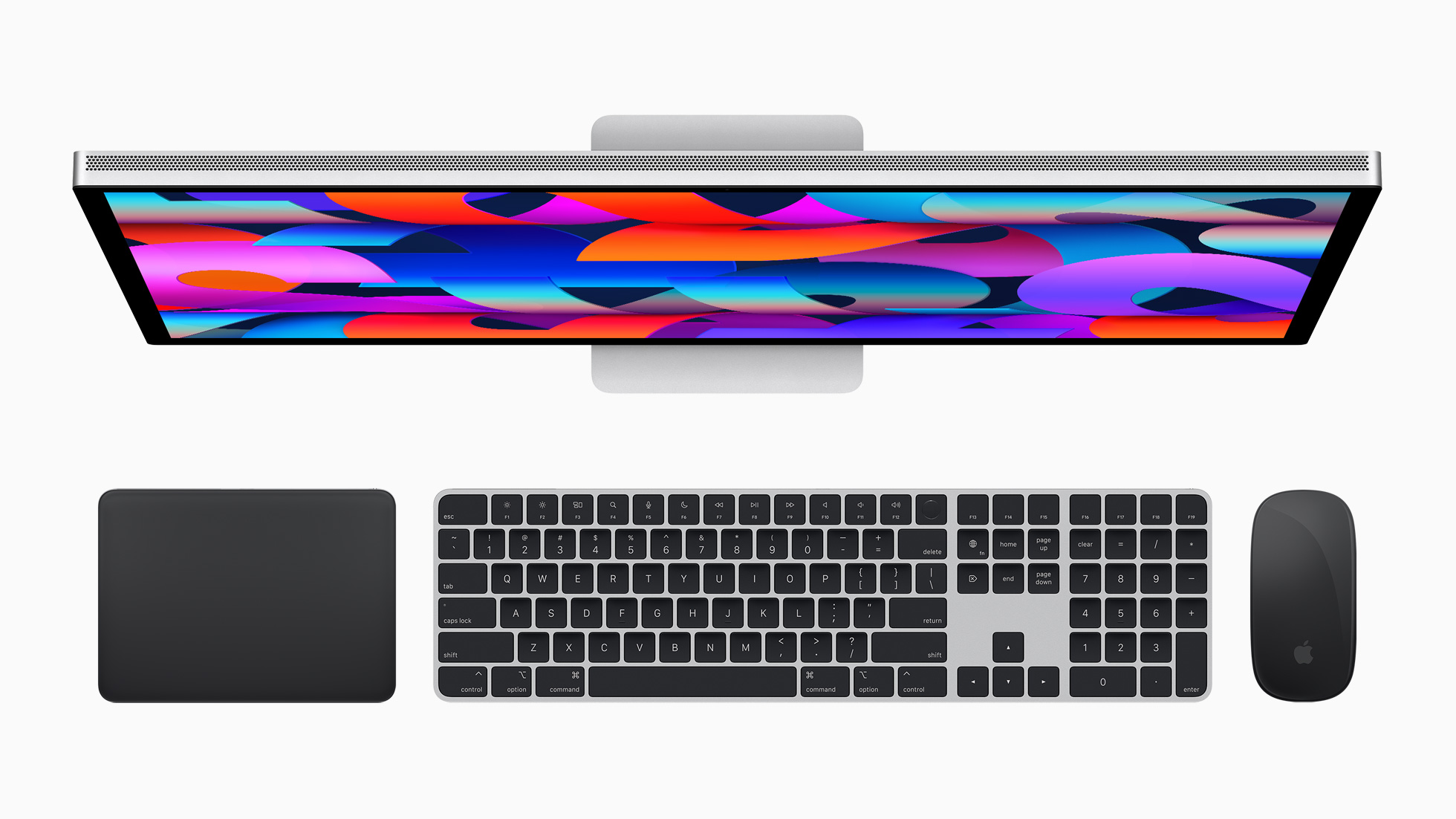On the occasion of this year's first keynote, Apple presented us with a number of interesting novelties, including the brand new Studio Display monitor. It is a 27″ 5K Retina display (218 PPI) with a brightness of up to 600 nits, support for 1 billion colors, a wide color range (P3) and True Tone technology. Looking at the price, however, it doesn't quite work out for us. The monitor starts at just under 43 crowns, while it only offers a relatively ordinary display quality, which is certainly not ground-breaking, on the contrary. Even today, the very important and popular HDR support is missing.
It could be interest you
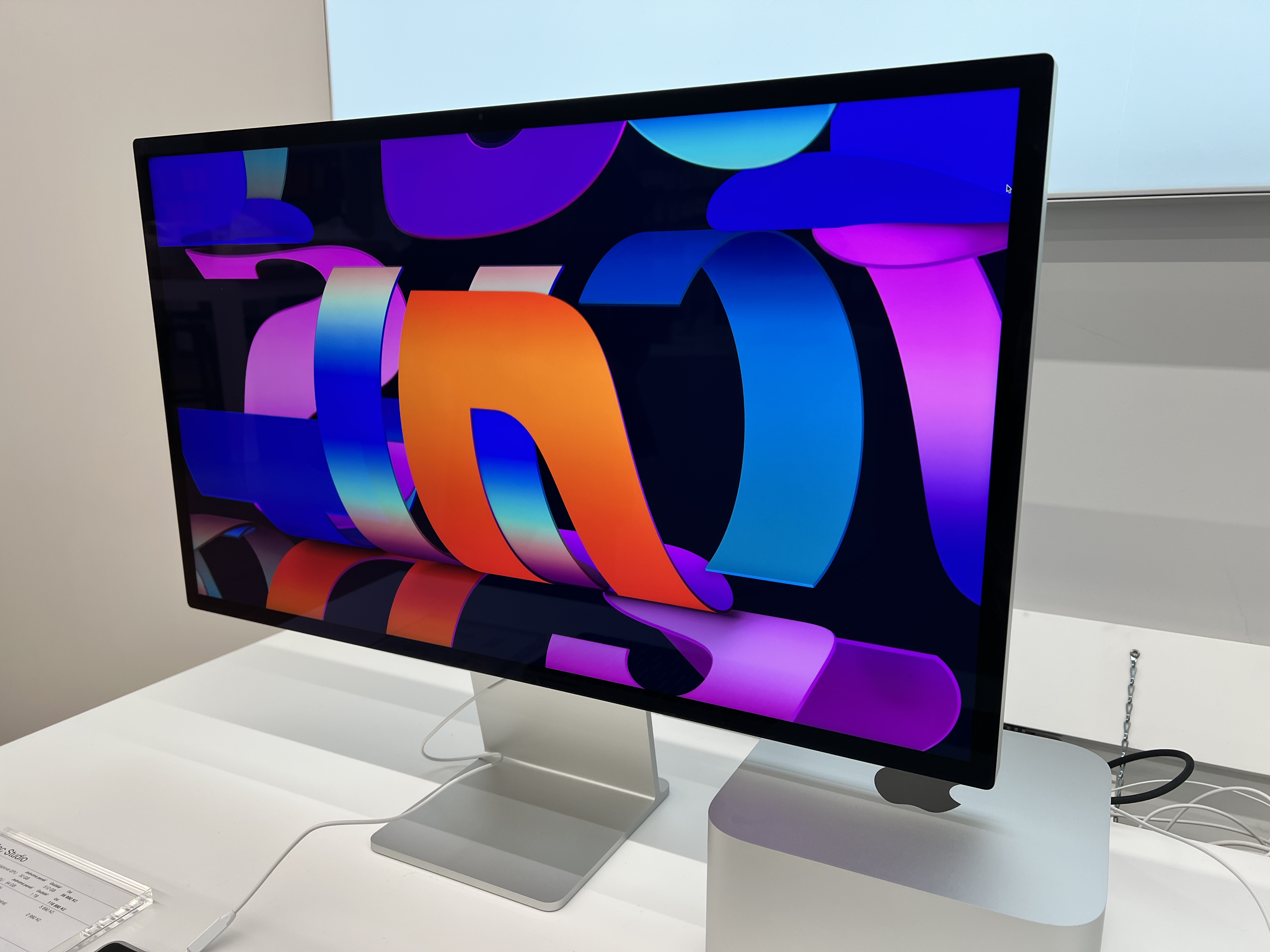
Even so, this new piece is significantly different from the competition. It offers a built-in 12MP ultra-wide-angle camera with a 122° angle of view, f/2,4 aperture and centering of the shot. We did not forget the sound, which is provided by six relatively high-quality speakers in combination with three studio microphones. But the most special thing is that the full-fledged Apple A13 Bionic chipset beats inside the device, which, by the way, powers, for example, the iPhone 11 Pro or the 9th generation iPad (2021). It is also supplemented with 64GB of storage. But why would we need something like that in the display? At the moment, we only know that the processing power of the chip is used for centering the shot and surround sound.
What will Studio Display's computing power be used for?
To one developer who contributes to the Twitter social network under a nickname @KhaosT, managed to reveal the aforementioned 64GB of storage. What is even more special is that the monitor currently uses only 2 GB. It is therefore not surprising that a wide-ranging discussion was opened practically immediately among Apple users about what the computing power together with the internal memory could be used for, and whether Apple will make it more available to its users through a software update. In addition, it would not be the first time that we have a product with hidden functionality at our disposal. Likewise, the iPhone 11 came with the U1 chip, which had practically no use at the time - until AirTag came along in 2021.
There are several possibilities for using the presence of the Apple A13 Bionic chip. Therefore, the most common opinions are that Apple is going to slightly copy Samsung's Smart Monitor, which can be used for watching multimedia (YouTube, Netflix, etc.) and for working with the Microsoft 365 cloud office package. If Studio Display has its own chip, theoretically could switch to the form of Apple TV and function directly as a certain offshoot of the television, or this functionality could be expanded a bit more.
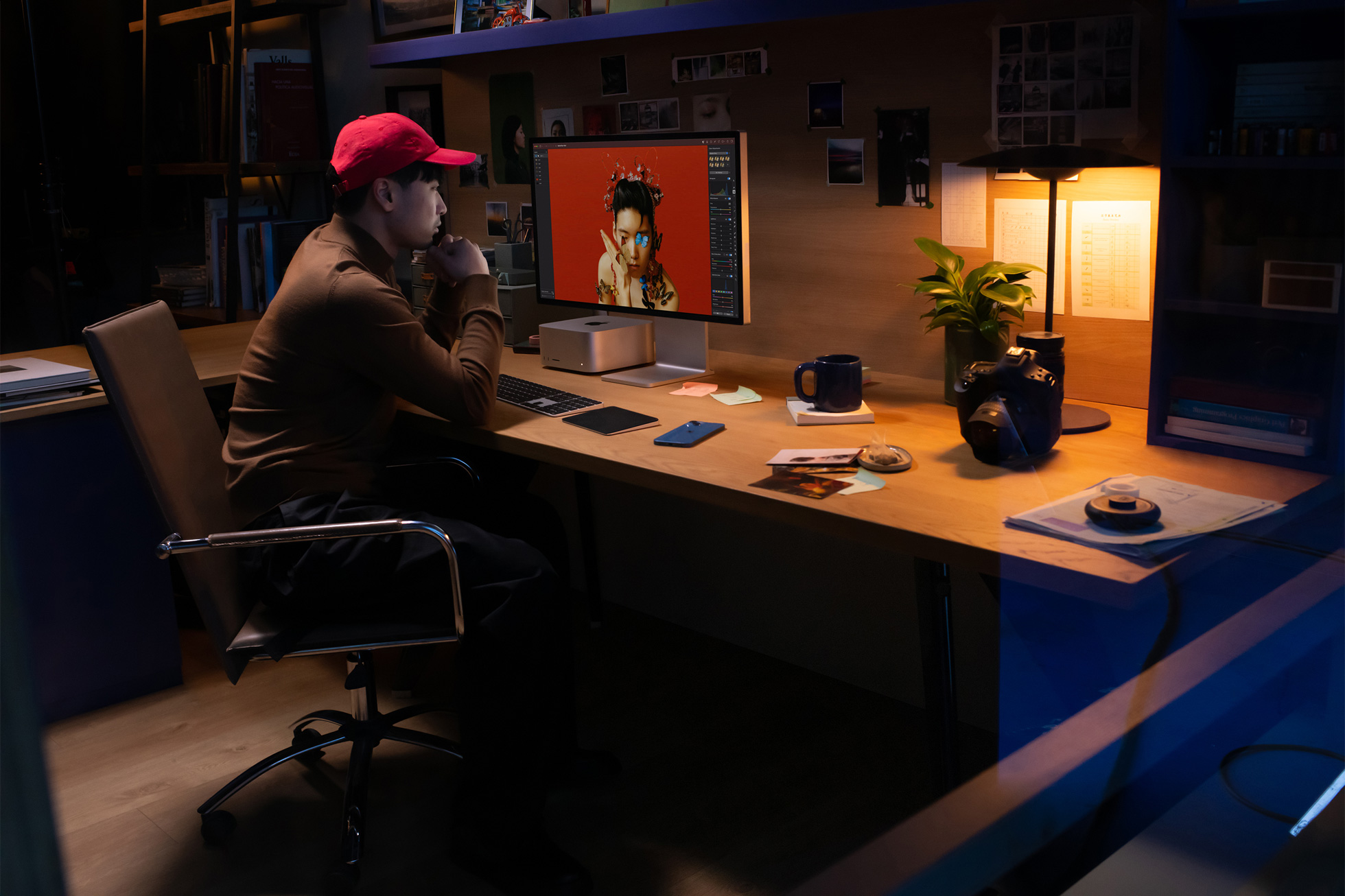
Someone even mentions that the monitor could also run the iOS/iPadOS operating system. This is theoretically possible, the chip with the necessary architecture has it, but question marks hang over the control. In that case, the display could become a smaller all-in-one computer, similar to the iMac, which could be used for office work in addition to multimedia. In the final, of course, everything can be different. For example, this only unlocks the possibility of using Studio Display as a kind of "game console" for playing games from Apple Arcade. Another option is to use the entire monitor as a station for FaceTime video calls - it has the power, speakers, camera and microphones to do so. The possibilities are truly endless, and it's just a question of which direction Apple will take.
Just a fantasy of apple lovers?
Officially, we know practically nothing about the future of Studio Display. That is precisely why there is one more possibility in the game, and that is that Apple users only fantasize about how the computing power of the monitor could be used. In that case, no extension functions would come anymore. Even with this variant, it is better to count. But why would Apple use such a powerful chip if it has no use for it? Although the Apple A13 Bionic is relatively timeless, it is still a 2-generation old chipset, which the Cupertino giant decided to use for economic reasons. Of course, in such a case it is easier and more economical to use an older (cheaper) chip than to invent a completely new one. Why pay money for something that an older piece can already handle? For now, no one knows how things will really turn out with the monitor in the finals. Currently, we can only wait for more information from Apple, or for findings from experts who decide to examine Studio Display under the hood, so to speak.
It could be interest you
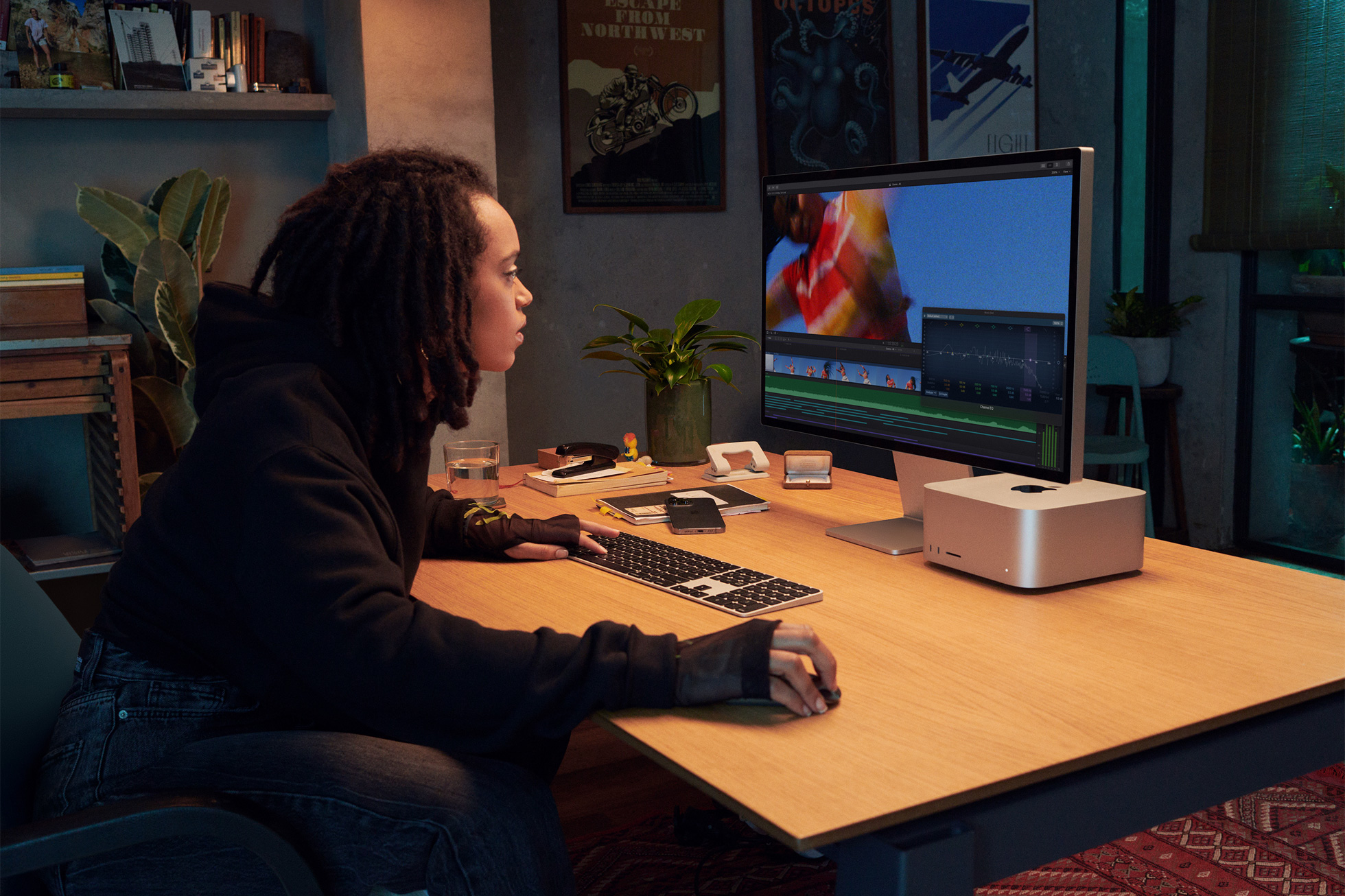
 Flying around the world with Apple
Flying around the world with Apple 